

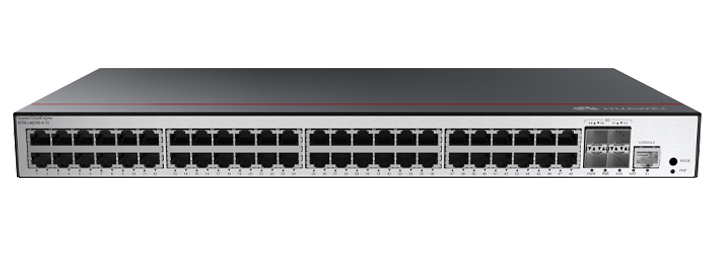

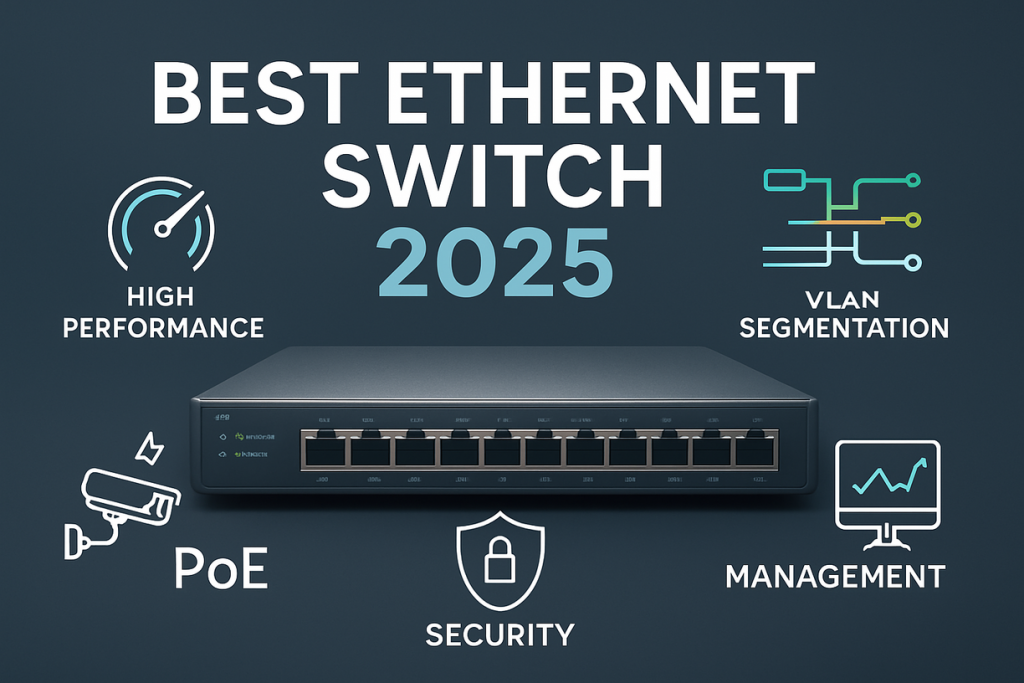


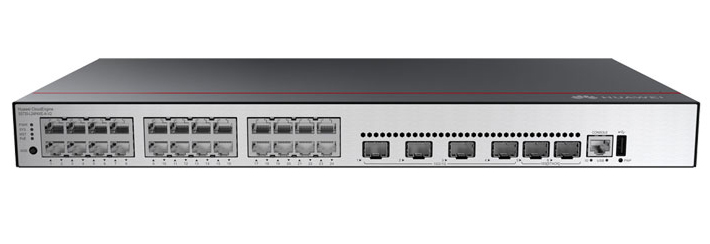





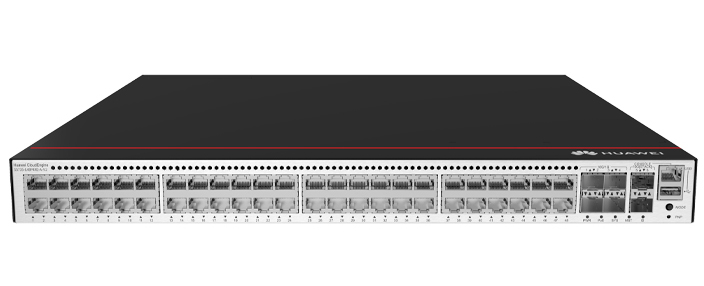


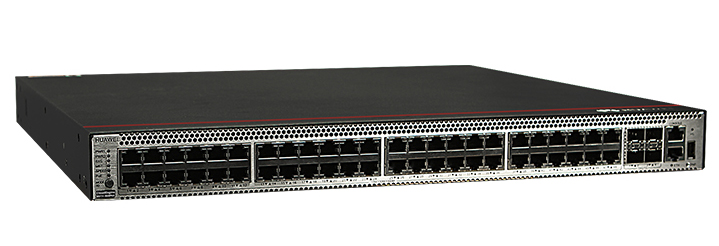


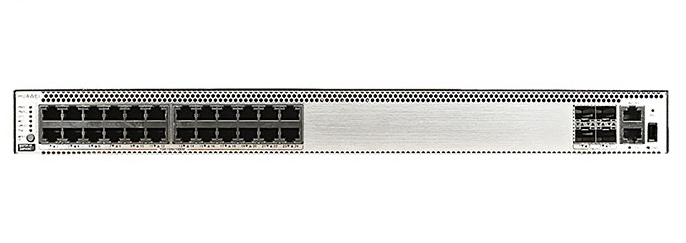

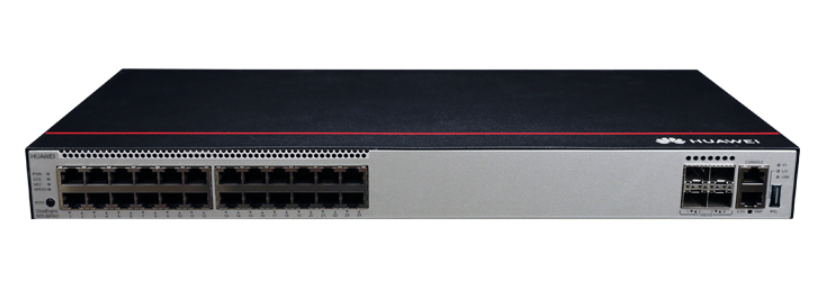
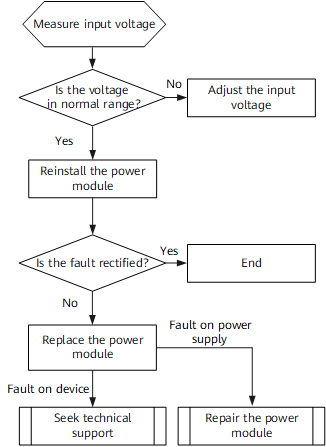

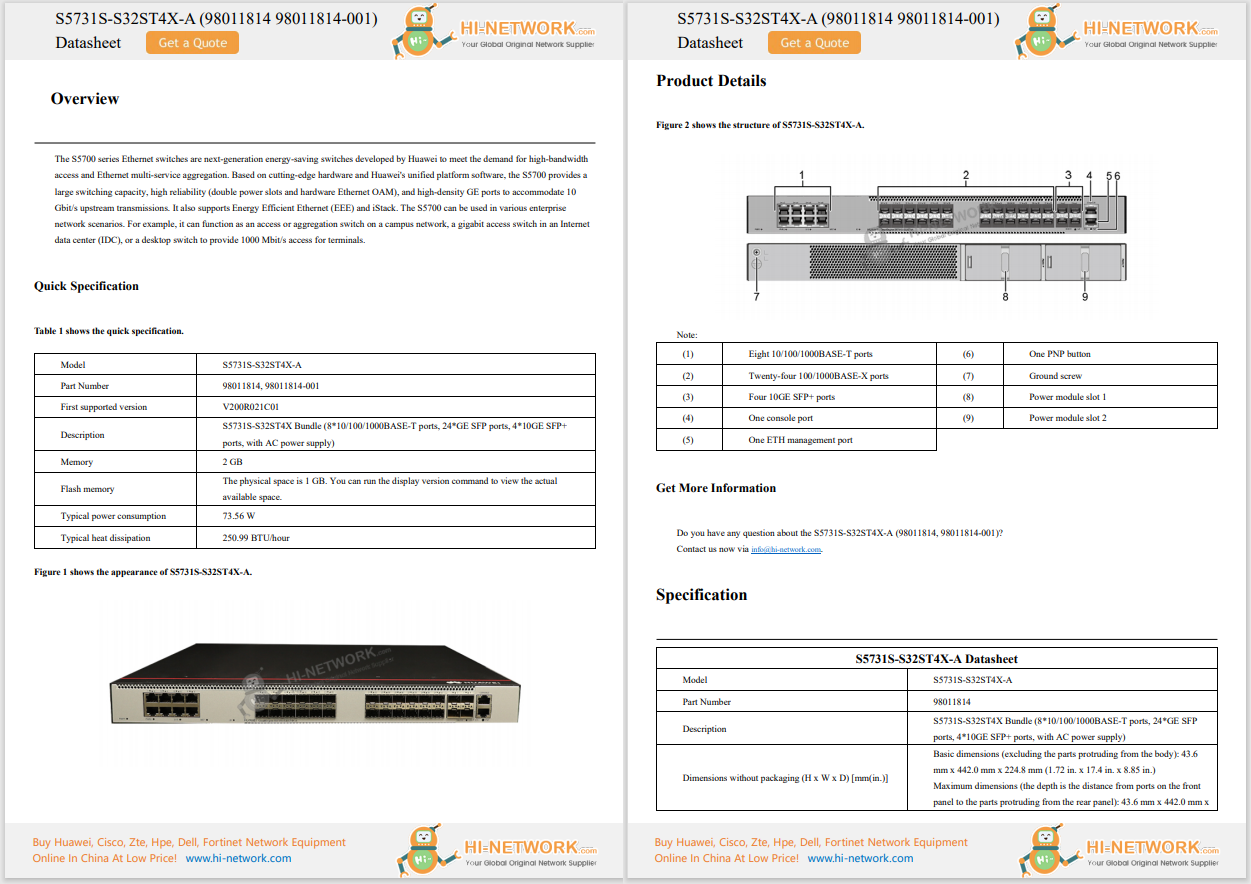

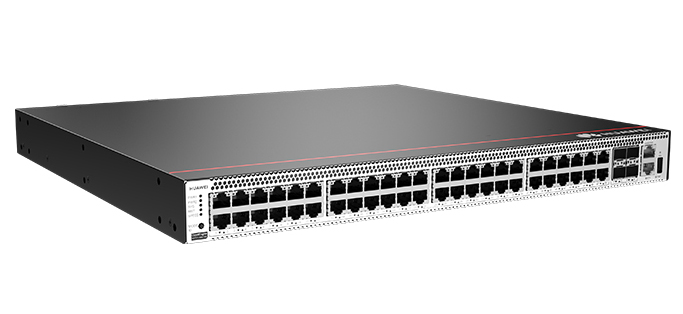

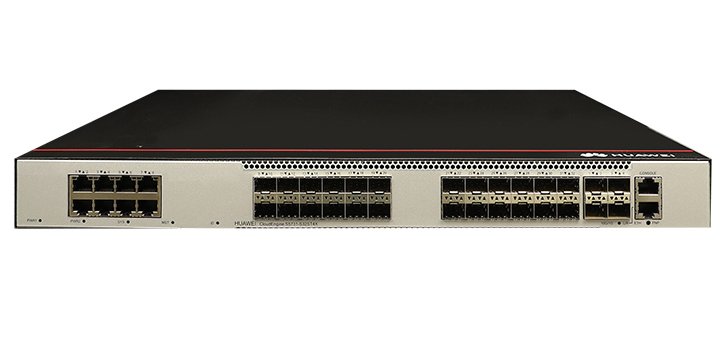
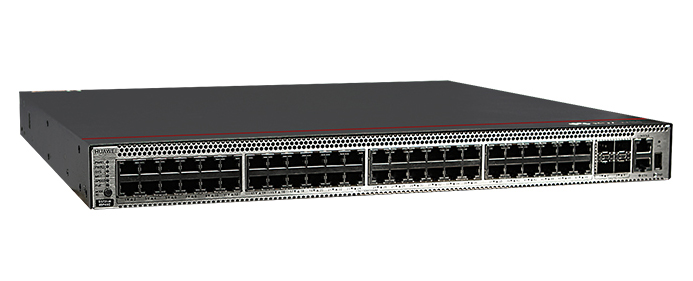
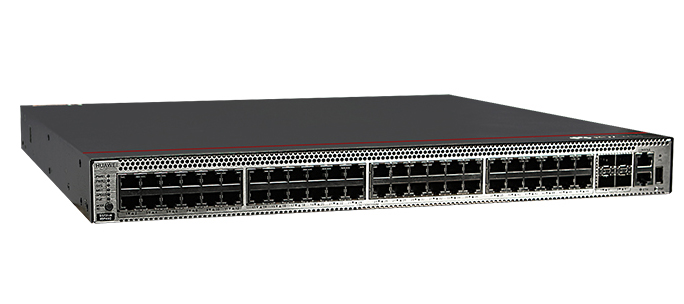


Nearly everything you do on your desktop, laptop, phone, and tablet begins with a Domain Name System (DNS) query. Essentially, DNS turns domain names (such as .com) into an IP address so web browsers and apps know where to get the information you want. Without DNS, you'd have to type 34.149.132.124 every time you wanted to go to .com. Even by simply running a Google search, DNS is at work.
The problem is that standard DNS isn't encrypted, meaning all your queries are sent over the network as plain text.
Let's say you're on a public network -- like a coffee shop -- and you start searching for things on your Android device. Or maybe you have to access a CMS or another work tool, and you don't want the public to know the address you're typing. If someone else is on the same network and has the skills, they could intercept your non-encrypted search queries (or the URLs you visit) and know exactly what you're looking for.
That's where Private DNS Mode comes into play. Once you enable this feature, all of your DNS queries are encrypted, so any bad actors won't be able to view them (even if they capture those packets). In other words, Private DNS Mode should be an absolute must for anyone who values their privacy and security.
Also: How to easily use Cloudflare's secure DNS on your Mac and why it even matters
But how do you enable Private DNS Mode on Android? It's actually pretty simple. Let me show you how.
What you'll need: The only thing you need to enable Private DNS Mode is an Android device running at least Version 9 of the operating system (which released in 2018). I'm using a Pixel 9 Pro but have used the feature going way back in the Android release cycle. Pretty much every modern Android phone is capable of enabling Private DNS.
Open the Settings app (either from the Notification Shade or the App Drawer) and then tap Network & Internet. If you're using a Samsung Galaxy device, you'll go to Settings > More Connection Settings.
The "Network & internet" option should appear at the top of the Settings app.
You'll find the entry for Private DNS near the bottom of the Network & Internet window. On Galaxy devices, it will be located in the middle of the More Connection Settings list. If you don't find it, go back to the main Settings page and search for Private DNS.
The Private DNS entry is in the Network & Internet section of the Settings app.
This is where it can get a bit tricky. You need to have the address of a provider that offers Private DNS. Cloudflare is my provider of choice, so the address for their primary secure DNS is:
1dot1dot1dot1.cloudflare-dns.com
Note: Although the above free DNS services are all worth trying, I recommend going with Cloudflare (1dot1dot1dot1.cloudflare-dns.com). I find it the fastest and the most secure of the bunch. On top of the speed, Cloudflare adds DNS filtering into the mix, which can help prevent email from being sent from malicious IP addresses.
Also: How to encrypt any email - in Outlook, Gmail, and other popular services
When you tap Private DNS, a new pop-up will appear. Tap Private DNS Provider Hostname, and then type the hostname for the DNS provider of your choice.
Figure 2: Adding a Private DNS provider for Android.
You can also choose Automatic, which will automatically switch to Google's Private DNS when it's available. For those who aren't so quick to trust Google for such a feature, I recommend selecting Private DNS and then typing the address for your provider of choice. Tap Save to save the new setting and close the Settings app.
You can then verify it's working by opening your default Android browser and pointing it to http://1.1.1.1/help. If you see "Using DNS over TLS (DoT)" set as "Yes," it's working.
Also: The best secure browsers for privacy
And that's all there is to it. Once you've enabled Private DNS on Android, your DNS queries are encrypted. Enjoy that added privacy and security.
 Etiquetas calientes:
tecnología
Servicios y Software
Sistemas operativos
Etiquetas calientes:
tecnología
Servicios y Software
Sistemas operativos